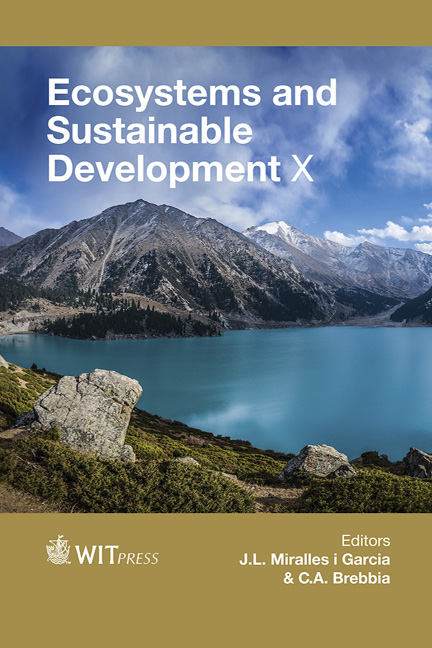Assessing The Influence Of Restoration Works On An Artificialized River Morphology
Price
Free (open access)
Transaction
Volume
192
Pages
11
Page Range
161 - 171
Published
2015
Size
1,243 kb
Paper DOI
10.2495/ECO150151
Copyright
WIT Press
Author(s)
J. Botella, Y. Brizard, D. Chaisemartin, R. Nicolau
Abstract
The Glane River is a French stream highly artificialized. It displays 20 transversal structures inducing rupture in the continuity. In the context of the Water Framework Directive, several restoration works have been scheduled between 2014 and 2016. A station in the head of the watershed including 3 successive weirs intended for removal has been selected for evaluating the river response to incoming changes. A specific methodology has been applied in order to assess the morphological evolution of the stream. It includes regular measurements of transversal and longitudinal geometric key values, and granulometric composition. The serial of measurements made before the first removal have helped to highlight reductions of sediment and biological communities continuity across the linear implied in the study. Particular degradation among diversity of hydraulic profiles and size classes of substrate have been identified in areas between weirs. The gradual decrease of the hydrological dynamics and the proportion of lotic fish species from downstream to upstream were observed.
The first weir removal was conducted in July 2014, inducing direct release of large amounts of fines from the reservoir. Campaigns have been made between 3 and 5 months after the beginning of works upstream and downstream of the removed structure. A gradual deposition of fine sediments has been observed downstream while their withdrawal from the reservoir resulted in the emergence of coarser material. The most significant observation of these mid-term measurements is the channelization of the upstream linear in parallel with the reduction of the bed width and augmentation of lotic profiles encountered.
Keywords
weir removal, morphology, sediment transport, dynamic profiles, habitats, stream response





